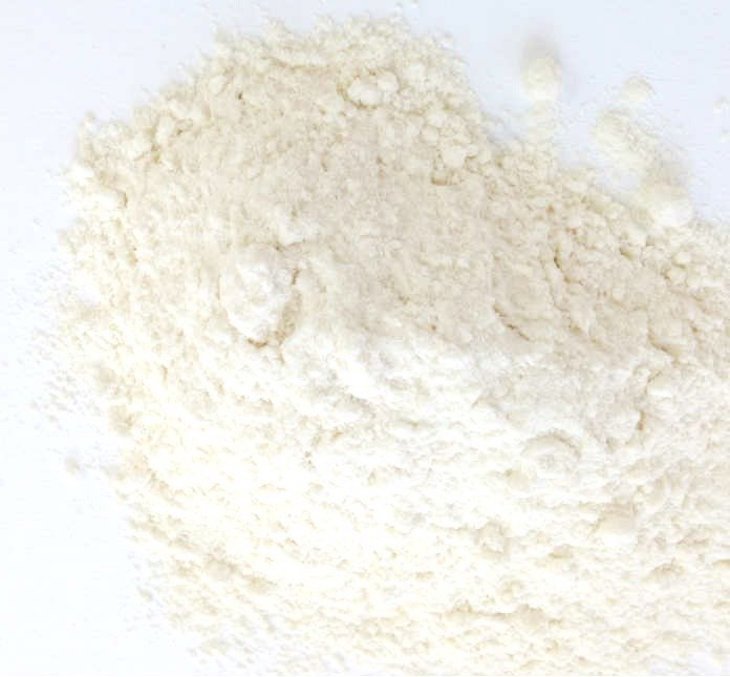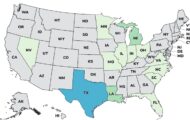A study published in the Journal for Food Protection found that most people treat flour as if it is safe. But do you know that raw flour can contain dangerous pathogens such as E. coli and Salmonella?

In 2019 there were many recalls of flour for possible E. coli contamination, including the brands Robin Hood, Gold Medal, Wild Harvest, Hodgson Mills, Pillsbury, and King Arthur. And an E. coli O26 outbreak that sickened at least 21 people in nine states was linked to ADM Milling flour, which produced Aldi, Pillsbury, and King Arthur flour.
The study, which was a survey conducted online by participants recruited in May 2019, found that consumers do not consider flour a high risk for microbial contamination. More than 80% of those surveyed were unaware of flour outbreaks or relays, and less than 18% believed they would be affected by those recalls or outbreaks.
Among consumers who used flour to bake, 66% said they ate raw cookie dough or batter. That compares with 27% of consumers who ate raw cookie dough almost 30 years ago. Food safety messages had less effect on those raw dough eaters than nonvoters. Still, consumers consider themselves knowledgeable about food safety and were confident about their flour handling practices. Less than half of those who cleaned counters after working with flour had a sanitizing step, and only 28% said they used soap while cleaning.
Most consumers had never heard of a recall related to flour, less than one-third believed that a recalled product could be sold in grocery stores where they shop, and just 15% thought the flour products they used could be recalled. And only 22% said they paid attention to food safety messages on flour packages.
Flour is a raw agricultural product and can be contaminated with pathogens just like any other type of produce. Six foodborne outbreaks have been linked to wheat flour and products made with flour in the U.S. and Canada since 2009, sickening hundreds.
The FDA, the CDC, and flour manufacturers have developed consumer education materials informing people about the hazards of eating raw flour. The North American MIller’s Association has a voluntary food safety message for its members that states, “Raw flour is not ready-to-eat and must be thoroughly cooked before eating to prevent illness from bacteria in the flour. Do not eat or play with raw dough; wash hands, utensils, and surfaces after handling.”
The study also found that messages that most influenced consumer handling of flour included recommendations and an explanation of benefits of practicing those recommendations. And if the message was customized for the target audience, it is more effective.
Now that you know that raw flour can contain dangerous pathogens, you can adapt your behavior in the kitchen to stay safe. Handle flour carefully. Clean countertops, utensils, and the sink with soap and water and sterilize if lots of flour has been scattered or spilled. Do not eat raw cookie dough or batter and don’t make homemade play dough unless you use heat treated flour.
YAOHUA FENG, JUAN C. ARCHILA-GODÍNEZ; Consumer Knowledge and Behaviors Regarding Food Safety Risks Associated with Wheat Flour. J Food Prot 1 April 2021; 84 (4): 628–638. doi: https://doi.org/10.4315/JFP-19-562




